Mars: The Spacecraft Graveyard
Mars: The Spacecraft Graveyard
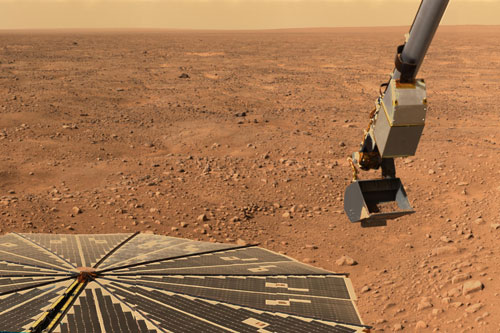
Mars has been a popular target for unmanned spacecraft since the dawn of the space age. Numerous attempts have been made to set human-built probes into orbit around the red planet and land them on its surface to find out more about our ruddy neighbor, particularly if it carried signs of life.
The first attempt to send a probe to the Red Planet was made by the USSR in 1960 with the "Marsnik" spacecraft, which failed along with many subsequent missions. A total of six landers or rovers and nine orbiters have been sent to Mars. [A Great Telescope for Mars: The celestron NexStar 130SLT]
Only three orbiters and one rover are currently still probing the planet. The spacecraft that have ended their missions – from the first success of Mariner 9 to the Phoenix Mars Lander and Spirit rover – remain dormant in orbits circling the planet or silent at the spot where they landed on the surface.
Here, SPACE.com takes a look at the dead spacecraft of Mars and their missions, whether completed or ended before they could begin.
FIRST STOP: Mariner 9
Mariner 9
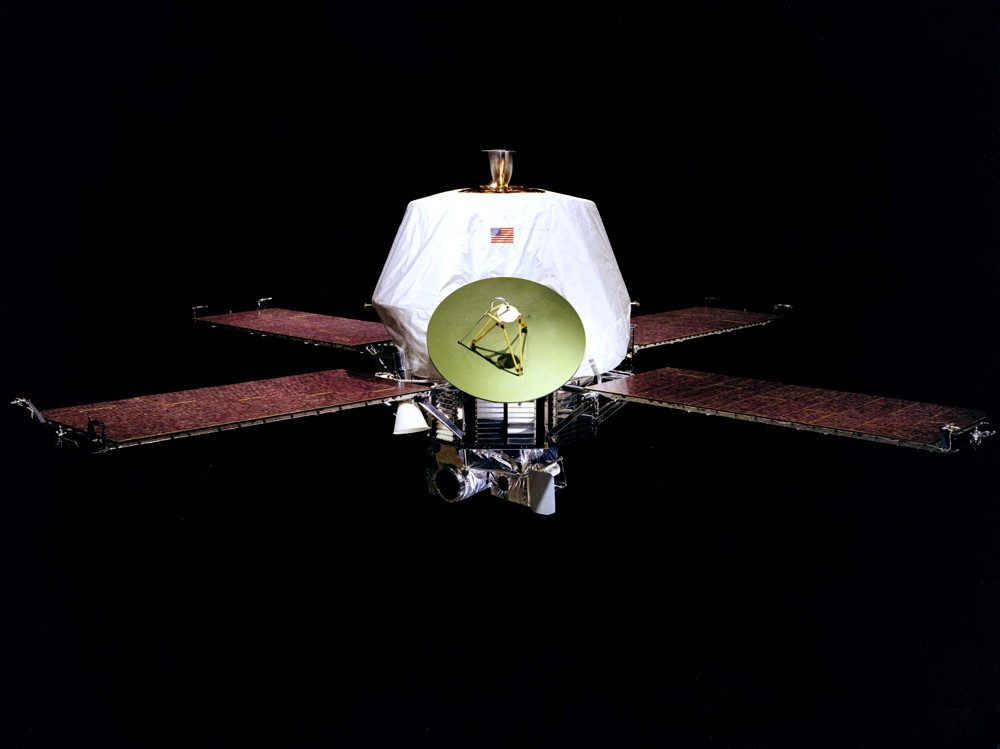
When it reached Mars on Nov. 13, 1971, Mariner 9 became the first spacecraft to orbit another planet, just edging out its Soviet competitor, Mars 2.
Mariner 9 mapped 85 percent of the surface of the planet, revealing volcanoes (including the first detailed images of Olympus Mons, the largest volcano in the solar system), huge canyons (including Valles Marineris, named for the spacecraft) and valleys that resembled dry riverbeds. A dust storm was raging when the probe first arrived at the planet, obscuring the surface, but it eventually abated, allowing Mariner 9 to take the highest resolution pictures of the Martian surface up to that time. The spacecraft transmitted more than 7,000 photos of the red planet back to Earth. It also made the first detection of water vapor on Mars, over the planet's south pole. The spacecraft remained in operation in its orbit until contact was lost on Oct. 27, 1972.
The spacecraft was left in an orbit that would take 50 years to decay, after which it will enter Mars' atmosphere.
NEXT: Mars 2 and 3
Mars 2 & 3
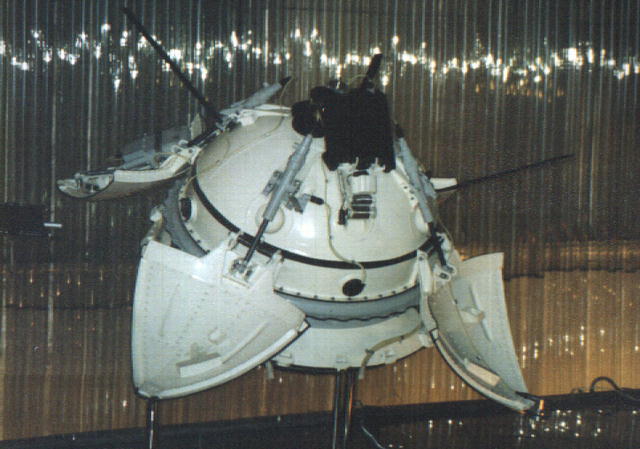
These identical Soviet missions each consisted of an orbiter and a lander were the first human-built craft to impact the Martian surface.
While the Mars 2 orbiter worked from the time it entered its orbit in December 1971 until Aug. 22, 1972, the lander crashed on the surface and was lost. The orbiter's mission was to study the topography and composition of the Martian surface, as well as the planet's atmosphere and magnetic field. Mars 3's mission was also declared complete on Aug. 22, 1972, after its orbiter had made 20 orbits of the planet (Mars 2 had made 362) after its orbital insertion on Dec. 2, 1971.
The Mars 3 lander made it to the surface of the planet, but communication stopped about 20 seconds after landing due to damage from the dust storm raging at the time. Both orbital probes sent back a total of 60 images and returned data on the surface temperature, surface air pressure and water vapor concentrations of the atmosphere of Mars.
NEXT: Viking 1 and 2
Viking 1 & 2
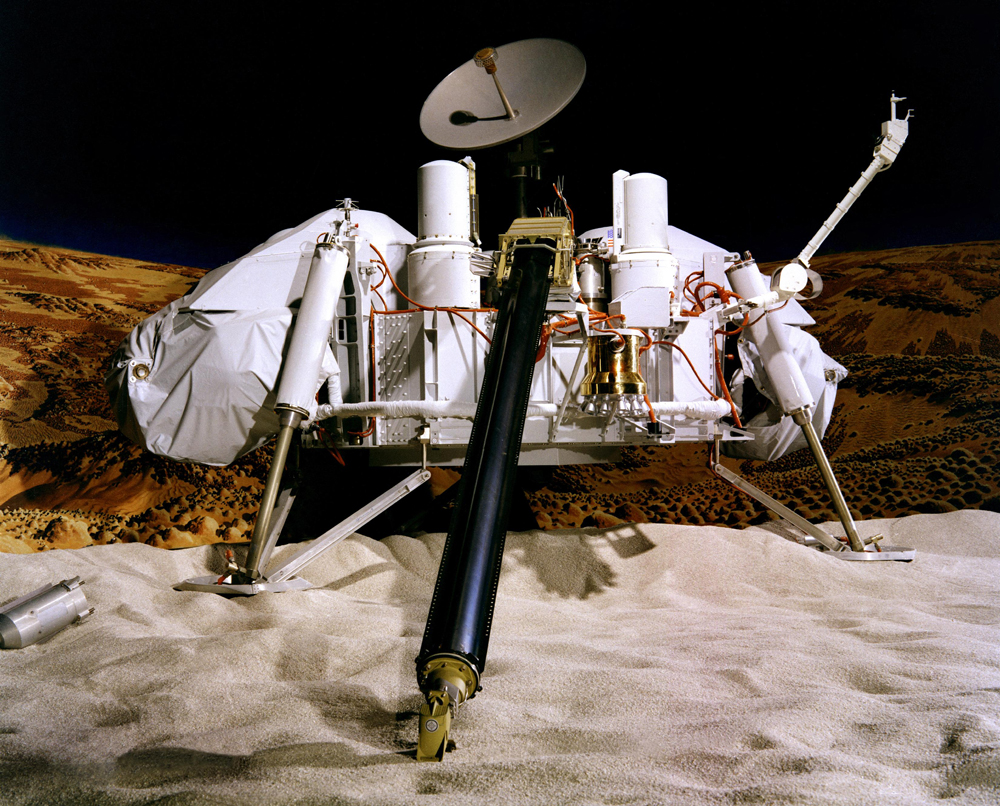
Though the Soviet landers had made it to the surface first, Viking 1 was the first probe to land on the surface of Mars and perform its mission when it touched down on Mars' Chryse Plain in July 1976. Viking 2 (pictured) followed on Sept. 3 landing on Utopia Plain on the opposite side of Mars.
Both missions included an orbiter and a lander. Viking 1 sent the first color pictures of the Martian surface, which showed the red planet's rust-colored terrain and ruddy sky.
Both landers scooped up Martian dirt to analyze it for biological signature, but found none, though some continue to debate those findings. The Viking orbiters and landers transmitted over 50,000 photos of Mars and a treasure trove of scientific data that is still being analyzed.
NEXT: Pathfinder and Sojourner
Mars Pathfinder & Sojourner
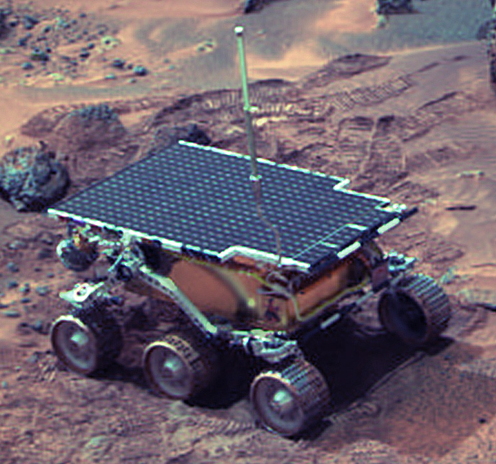
This lander/rover combo touched down at the Ares Vallis region of Mars on July 4, 1997. The Sojourner rover and the Pathfinder base station spent several months analyzing the climate, atmosphere, geology and surface composition of Mars.
The lander was formally named the Carl Sagan Memorial Station after it touched down on the red planet's surface. The rover/lander team analyzed several nearby rocks, including some named "Barnacle Bill" and "Yogi." The mission, which found evidence that Mars was at one time warm and wet, was the first successful attempt at sending a rover to Mars.
The lander outlived its anticipated lifetime by about three times, the rover by 12, returning thousands of images of the landing site. The final data transmission from the robot team came on Sept. 27, 1997.
Mars Climate Orbiter
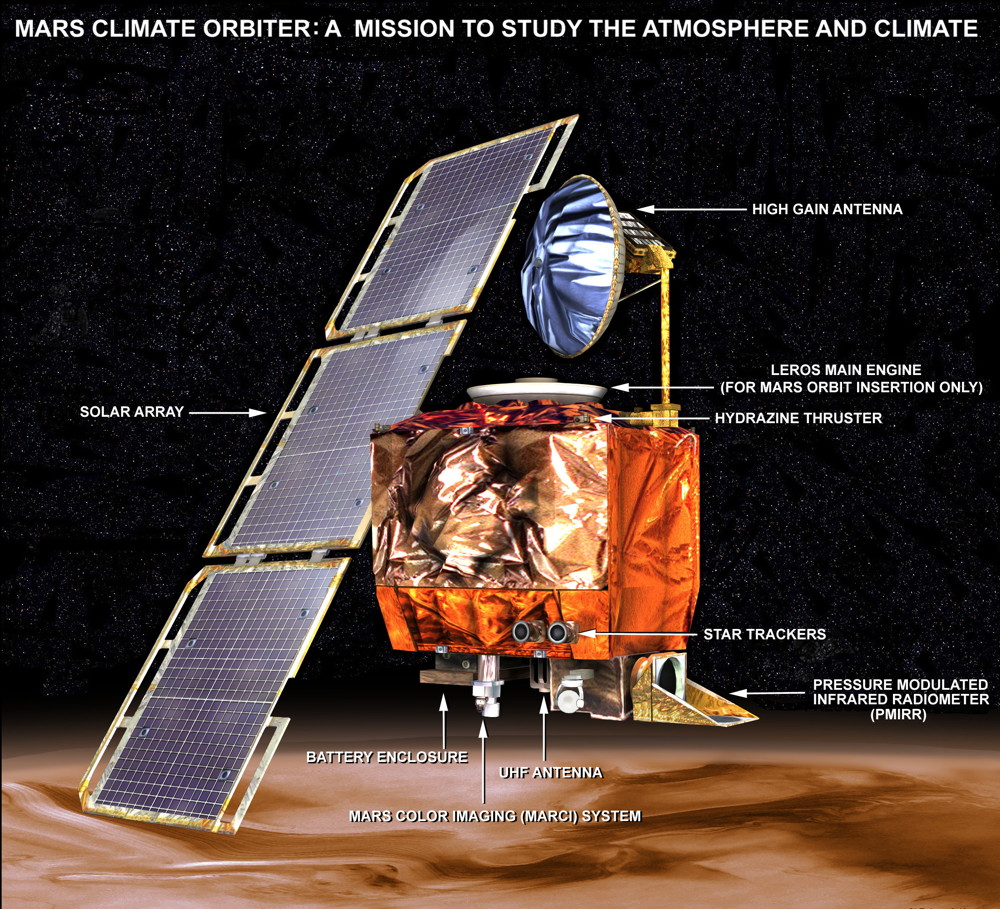
After traveling all the way to Mars, NASA's Mars Climate Orbiter was lost on Sept. 23, 1999 when it shot within 35 miles (57 kilometers) of the Martian surface as controllers were attempting to put it into orbit. The orbiter would have been torn apart in the planet's atmosphere.
The $125-million mission was to study Mars' weather and climate, including the cycling of water and carbon dioxide. Investigations into the orbiter's crash found that it occurred because of a mix-up between the metric and imperial measurement systems that caused the orbiter to drift off course during its voyage and enter into a much lower orbit around Mars than was planned.
NEXT: Mars Climate Orbiter
Mars Polar Lander
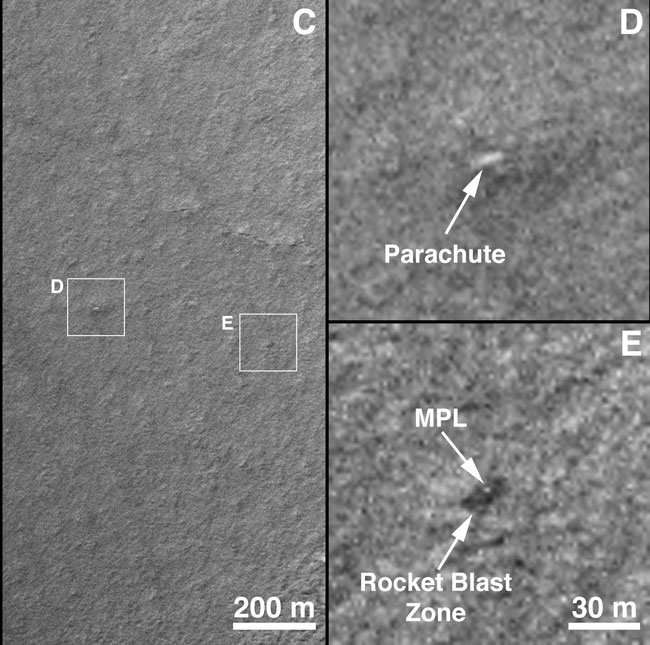
The partner spacecraft to the Mars Climate Orbiter, the Mars Polar Lander met a similar fate as its sibling spacecraft 23 days after the orbiter was destroyed in the Martian atmosphere. The $125 million lander vanished after plunging into the Martian atmosphere on Dec. 3, 1999.
The Polar Lander was to conduct a 90-day mission at the south pole of Mars that would complement the Climate Orbiter's work in observing the Martian climate and weather.
The polar lander was equipped with a robotic arm to dig up dirt samples and instruments to analyze those samples. Subsequent orbiters sent to the red planet have attempted to photograph the surface near Mars' south pole where it is thought that the Polar Lander crash to see if they can identify its remains.
NEXT: Beagle 2 Mars Lander
Beagle 2
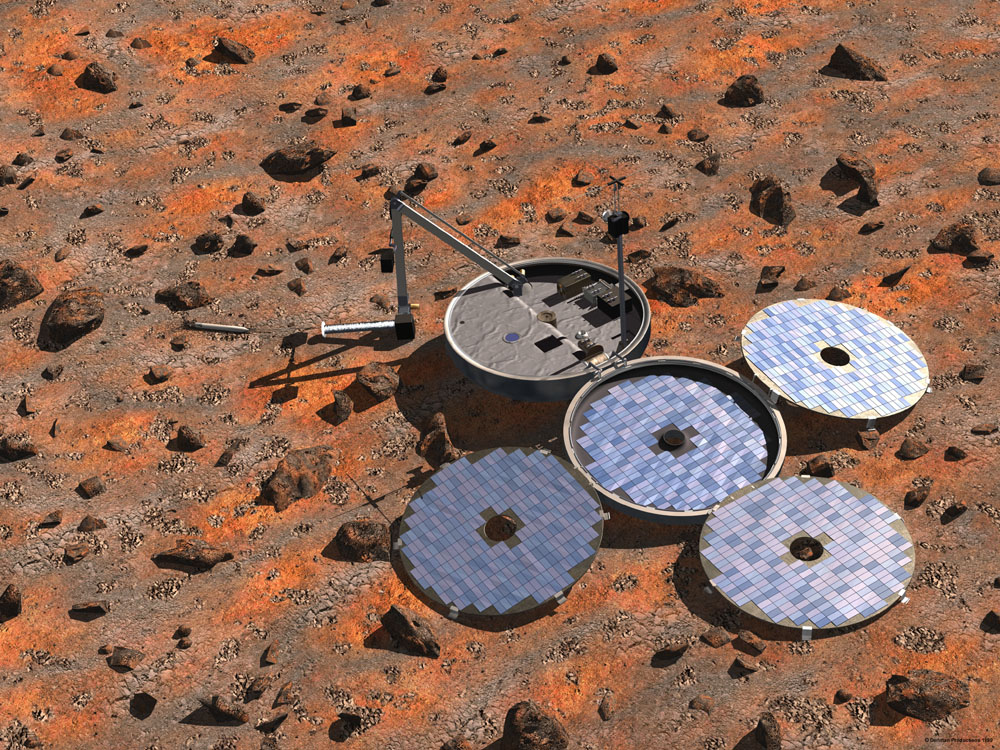
On Dec. 25, 2003, the United Kingdom's Beagle 2 Mars lander touched down on the Red Planet, never to be heard from again.
Initially, the probe's silence was a mystery. Did the landing go wrong? Was there an instrument failure?
On Jan. 16, 2015, scientists announced the answer: Beagle 2 had landed on Isidis Planitia, but because of a partial deployment of its hardware, a vital radio transmitter was blocked. That prevented Beagle 2 from calling home.
NEXT: Mars Global Surveyor
Mars Global Surveyor
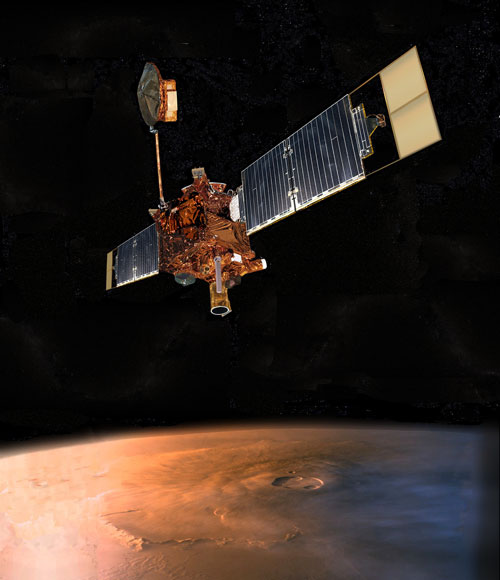
Launched toward Mars in 1996, the Mars Global Surveyor marked the first successful return to the Red Planet for NASA in two decades.
Originally slated for a full Martian year of observation (about two Earth years), the spacecraft out-performed its intended lifetime, lasting until 2006, when mission operators lost contact with the orbiter after a routine adjustment of its solar array.
During its tenure, Mars Global Surveyor surveyed the landscape of the red planet, watched the evolution of a dust storm on the surface, and found evidence of gullies carved by water. The orbiter also acted as a communications relay for the Mars Exploration Rovers, Spirit and Opportunity. The mission was officially ended in January 2007.
NEXT: Mars Global Surveyor
Phoenix Mars Lander
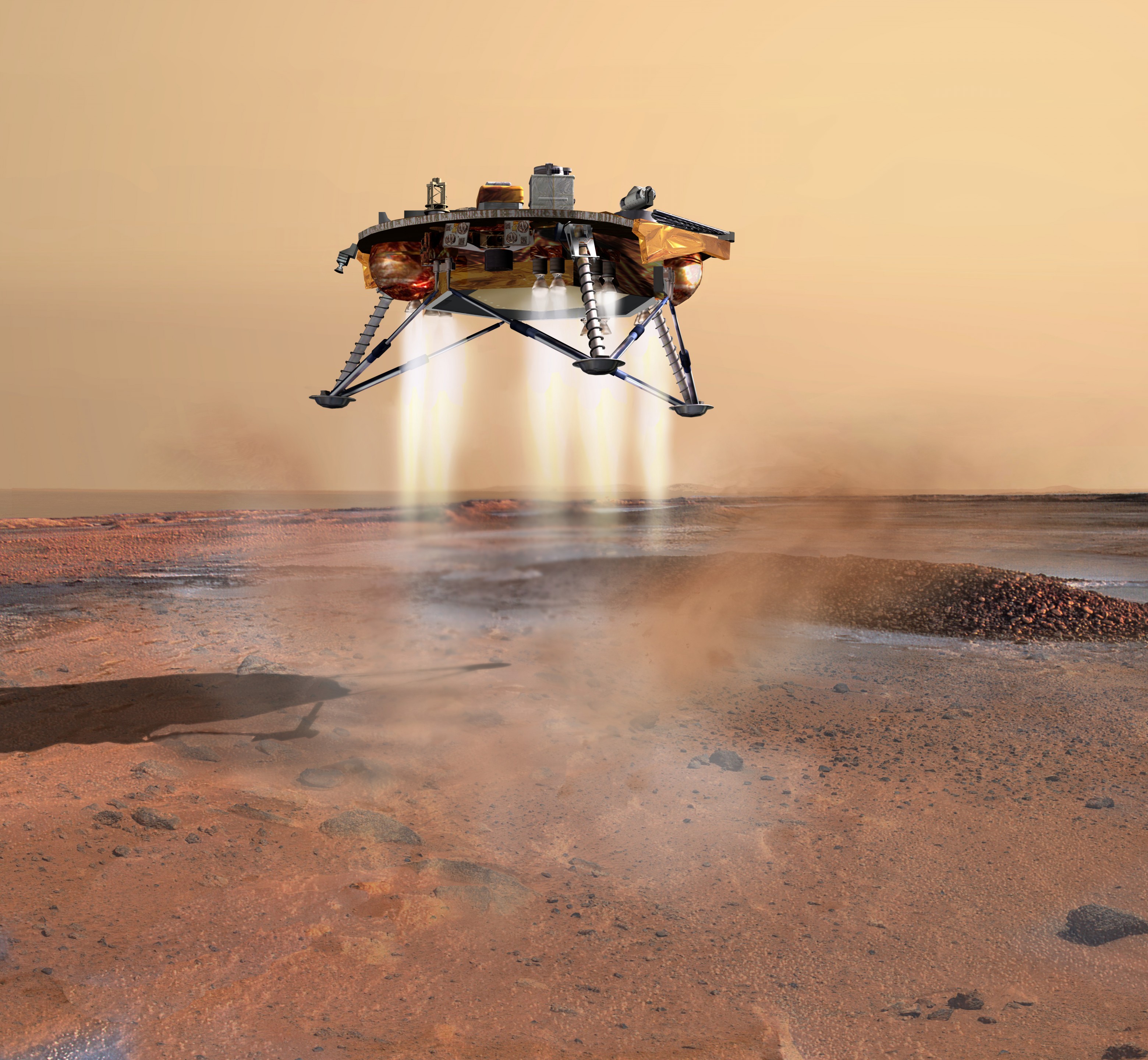
The youngest of all spacecraft at Mars, NASA's Phoenix Mars Lander landed in the Vastitas Borealis region of the Martian arctic on May 25, 2008, where it spent the next five-plus months digging in the dirt to find signs of water ice suspected to lay just below the surface.
The $475-million mission, which outlasted its original three-month plan, confirmed the presence of that water ice and discovered many other interesting characteristics of the arctic soil, including its unexpected stickiness. Phoenix also observed frost forming on the dirt and rocks around it as Martian winter began to set in, as well as snow falling in the thin Martian atmosphere.
As winter set in towards the end of 2008 and the amount of sunlight available to the lander decreased, Phoenix was able to do less and less. Mission managers finally lost touch with the lander in November 2008.
NEXT: Spirit (but not Opportunity, Curiosity and friends)
Spirit (not Opportunity)

While fates of the Phoenix lander and others listed here are likely sealed, NASA still has its resilient rover Opportunity operating on the Martian surface. But Opportunity's twin, Spirit, has met its end after years of service.
NASA scientists announced May 24, 2011, that they will no longer attempt to contact the stuck and silent Spirit rover.
Opportunity is in good condition and has been making steady progress across the Martian surface after exploring several craters.
Along with Opportunity, NASA's Mars rocket Curiosity is also exploring the Red Planet today. NASA's Mars Reconnaissance Orbiter and Mars Odyssey orbiter are still in good condition, taking images and observations of the planet, including some of their fallen comrades.
These current denizens of Mars won't be the only spacecraft there for much longer though, as NASA prepares to launch its Mars Science Laboratory (dubbed "Curiosity"), in 2011. Another mission, currently still in the planning phase, would bring samples of Martian dirt back to Earth.
Join our Space Forums to keep talking space on the latest missions, night sky and more! And if you have a news tip, correction or comment, let us know at: community@space.com.
Get the Space.com Newsletter
Breaking space news, the latest updates on rocket launches, skywatching events and more!

Andrea Thompson is an associate editor at Scientific American, where she covers sustainability, energy and the environment. Prior to that, she was a senior writer covering climate science at Climate Central and a reporter and editor at Live Science, where she primarily covered Earth science and the environment. She holds a graduate degree in science health and environmental reporting from New York University, as well as a bachelor of science and and masters of science in atmospheric chemistry from the Georgia Institute of Technology.
